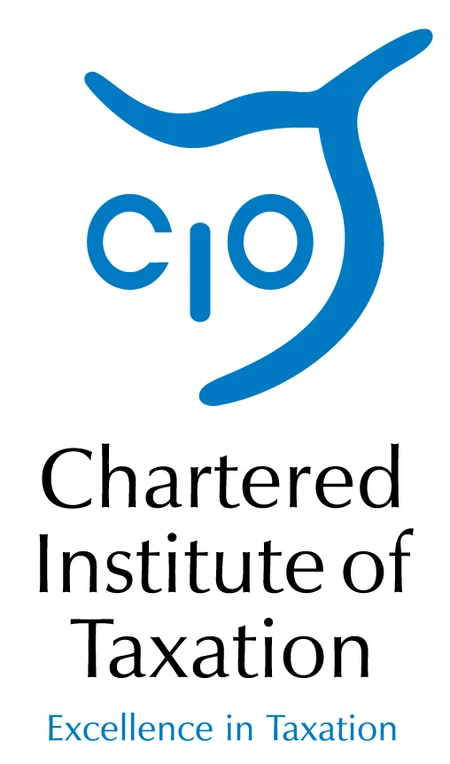In part one of his blog post on valuing your business, HSKS Greenhalgh Corporate Finance Director Colin Peacock looked at why it’s important to firstly work out what is is you’re actually selling. As he explains in part two, once you’ve gathered together all of the relevant information about your business, it’s time to get into the technical details of calculating its value.
There are four main methods for this, which we’ve set out below.
The most appropriate valuation method for you will largely depend on the type of business you operate: the sector it’s in, the size of the business, how long it’s been running, and so on.
Most people will probably consider two of the methods to reach a final figure for their business’s value.
Valuing assets
This method looks at the value of the assets owned by your business, takes away any liabilities, and bases the overall value on that figure.
This makes the most sense if you have a stable business with a lot of tangible assets – things that have measurable value, and usually a physical form, such as equipment, machinery, furniture, land, and so on. Property and manufacturing businesses tend to be good examples. Intangible assets, such as the skills and experience of your workforce, or intellectual property like patents, copyrights and trademarks, tend to be much harder to value. Businesses that rely more on these assets than tangible ones will generally need to use an alternative method.
Discounted cashflow
The discounted cashflow method uses forecasts over several years to work out what a business’s future cashflow is worth today.
The business’s value is worked out at a discounted rate, to take into account potential risks and the decreasing value of money over time.
This method is one of the most complex ways to value a business, and it relies on several assumptions about long-term conditions. It’s often used for very large, stable, mature businesses that have relatively predictable cashflow.
Entry cost valuation
This method is most commonly used for new businesses. It’s a way of working out a business’s value by estimating how much it would cost to launch a similar startup.
It should take into account the cost of everything from raising finance, buying assets and developing products, to employing and training staff, or building a customer base.
It can also factor in any savings you could make, such as adopting more advanced technology, using cheaper materials, or basing the business in a less expensive area.
Multiples approach
Also referred to as the ‘price to earnings ratio’, this method uses a ratio based on the value of other similar businesses.
This tends to suit more established, larger businesses that have had stable growth and sustained periods of positive earnings.
A ‘multiple’ is usually a ratio that’s calculated by dividing an asset’s market or estimated value by a similar metric on another company’s financial statement.
This approach can also be used by buyers or investors who want to work out a fair price to pay for a company.
For most small medium enterprises ( SME’s) this multiple approach is generally applied to the EBITDA (earnings before interest, tax, depreciation and amortisation) generated by the SME and the multiple based upon years of historical data for different sectors.
Get in touch to talk about valuing your business.
Colin Peacock
Director – HSKS Greeenhalgh Corporate Finance



